
By : RACHNA TYAGI
GREATER NOIDA :
Lonay Alain, General Manager, Renault Design India, has been living in India for the last three years and working at the Renault Design Studio, opened in Mumbai, in 2008. He believes that the days of “Made in Europe and Sold in Europe” are long gone, and that all the car manufacturers are now looking at Asia, (with China being a big market and India an upcoming one), and that is why a lot of cars that we see today, and are also on sale in the European market, are mainly done with Asian tastes in mind. “There isn’t such a thing as Europe creating something and it later on coming to other parts of the world, that gap does not exist anymore, everything happens at once, the Asia influence in general is much stronger,” he says.
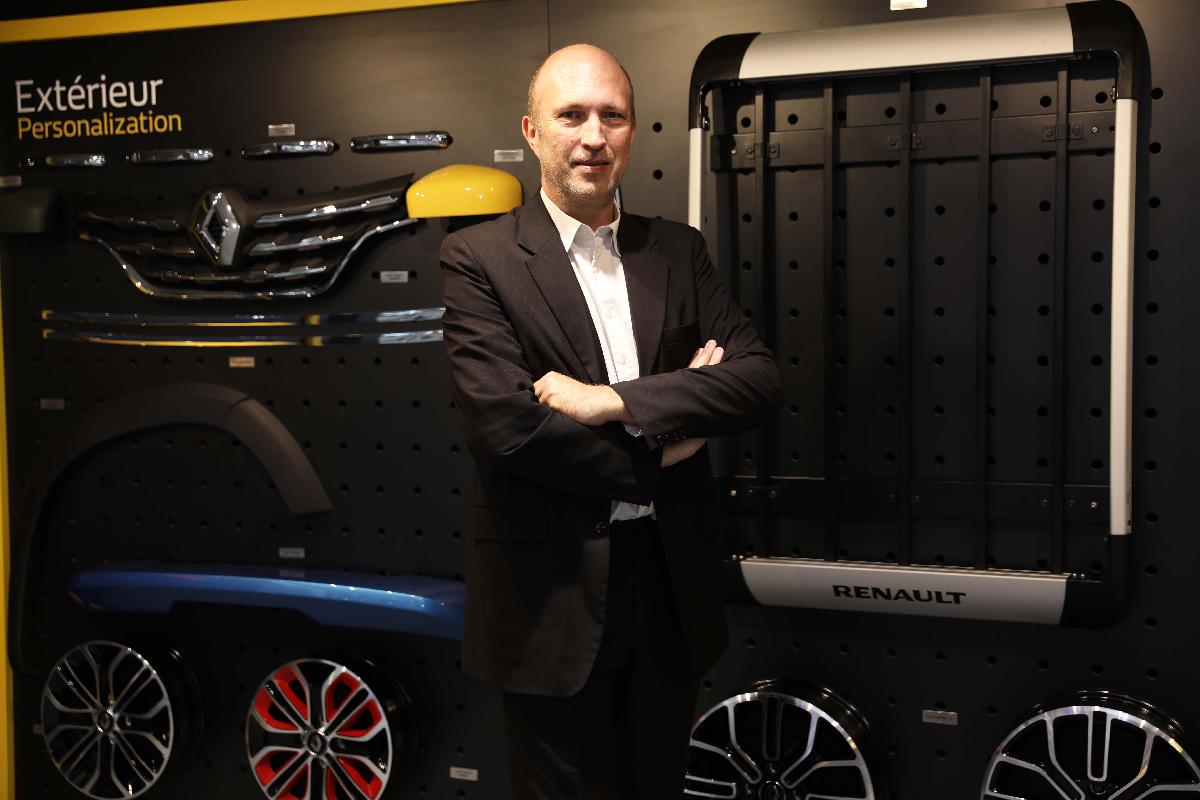
Karim Habib, Senior Vice President, Head, KIA Design Center, has been inspired by his personal journey of late. Having lived in Japan for two years before, now he lives and works in Korea. The Canadian car designer, of Lebanese descent, is visiting India for the very first time. “The way design is perceived in different parts of the world, in different cultures, how it is used, how it is understood is really fascinating. In Japan there is an entire culture around minimalism and in Korea there is a similar aspect but there is an added level of sort of, not ornamental, but it is a little more playful maybe, and the aspect of embracing technology as well as tradition, that is really fascinating. In India, I have just been here two days,” he says laughing.
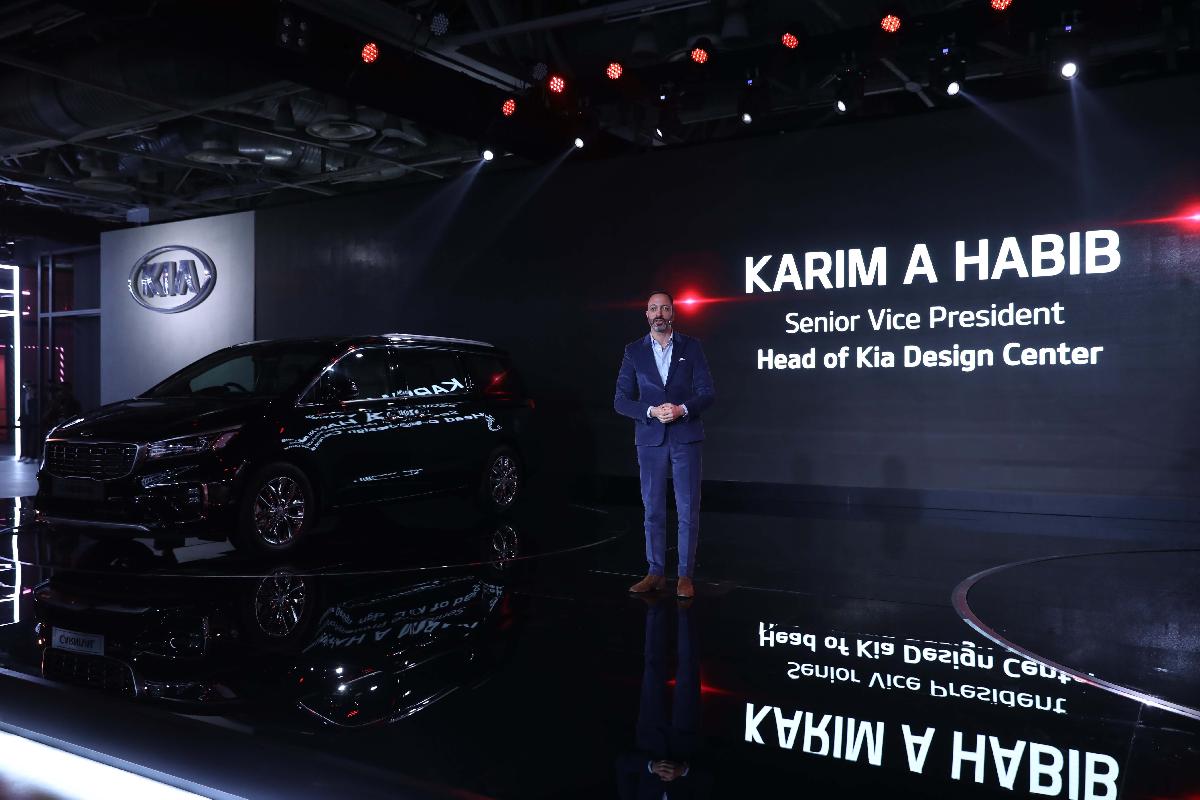
Ramon Ginah, Brand Director and Studio Director, HAVAL (Great Wall Motors), Design Studio, Shanghai, has an Israeli father, a Dutch mother and an Italian wife. “I’m a mix of everything,” says Ginah, who worked in Italy for Alfa Romeo Maserati, before moving to China six years back. “What I have seen in China, in the last five-six years is quite amazing,” he says. “The approach of starting with cars that were pure copies, GWM, was trying not to, but a lot of companies were copying, they are now trying to move towards improving their designs. I actually see that 90% of Chinese brands, are focusing a lot on design, trying to distinguish their brands from other famous global brands. For example, a BMW, has its design DNA. In China, most brands don’t really have a design DNA because their life cycles are much shorter,” says Ginah. He goes on to explain how GWM, just over 30 years old, does not have its design DNA imprinted on it, which according to him, makes a very big difference. “If you look at car brands such as Audi, they work a little bit like Matryoshka, the Russian doll, where they have the big one, then smaller one, then the smallest one, our design philosophy is not to do this, so every car is different, but it needs to have a design DNA in them, so you can still understand it is a HAVAL. That way, “you see more freedom and more change in the design,” says Ginah.
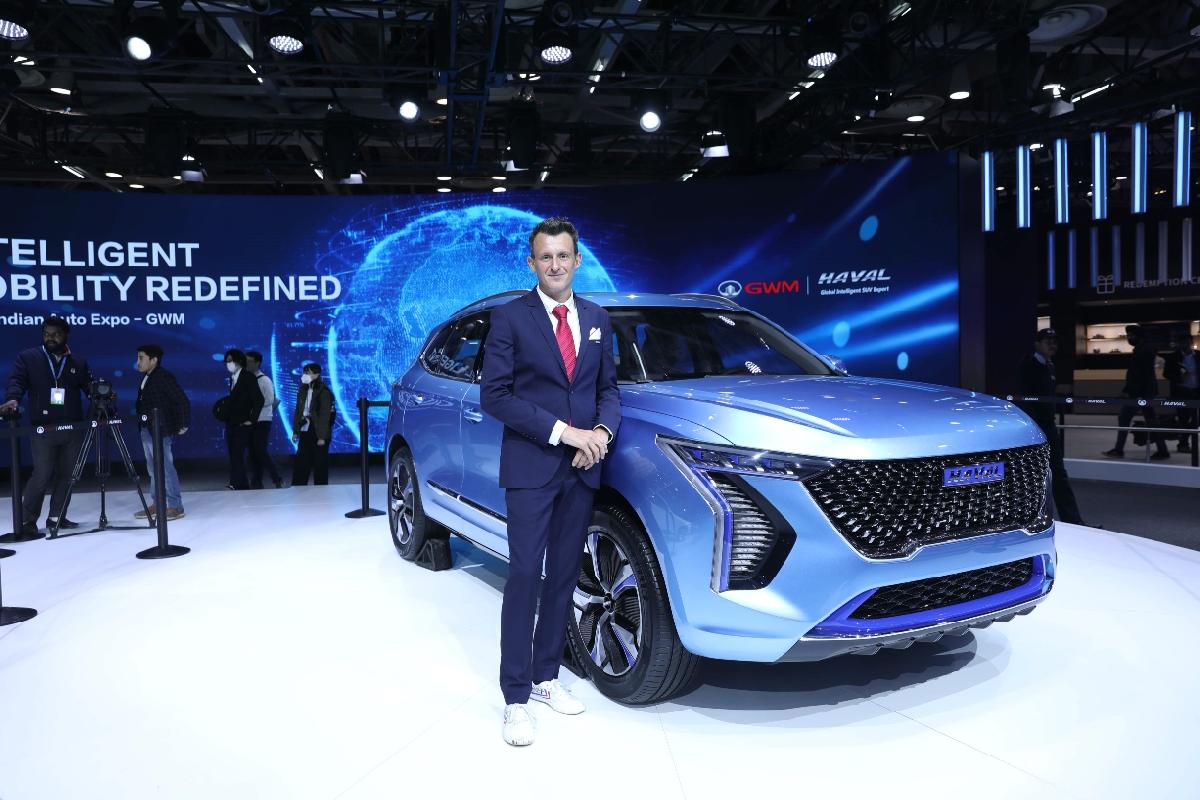
Alain, who has been building a team of young designers in India, many of which, even go on to work in France, believes that Indian car designers are fresh, enthusiastic, and not afraid of anything. “In Europe even young designers have 100 years of past. Maybe sometimes there are mistakes that we don’t do because it is in our mechanical culture, some taste for automotive and so on, we don’t have to learn, so there are things where we go straight to the point, but we don’t have that “freshness” and the “not being afraid of anything” and that’s really something that Indian designers are bringing,” he says.
However, it wasn’t easy getting to this point explains Alain. “Often the teams in France would be totally in awe of the presentations made from India, but they simply couldn’t understand the use of vibrant colours, for instance. “The typical association of red and gold, which is super normal in India, which is premium and every marriage is red and gold, those kind of strong colour contrasts, a French person, simply would not understand.” And so, Alain had to do a lot of teaching, so that his French colleagues could understand things better considering the Indian team was designing for the Indian market, particularly the colours, which have always been developed locally. “I wanted my French colleagues to not just accept, but understand, because we have super high-skilled professionals in France, and it is a problem when you make a presentation and there is no feedback because they don’t understand what you’re saying. Now, we have reached this level of communication where we have been able to explain to them that this is what we do, this is the trend that we foresee in India, and it has really helped us to move up and I believe that Renault in India is among the leaders in terms of colour and material. We have some striking [body] colours created by our Indian team, using the expertise of the French team, which are well accepted by the market, and which are things that our competitors don’t do. So, I believe that we are getting quite successful at that,” explains Alain.
Habib says that KIA’s design philosophy is based around dynamic design. “We talk about sportiness, that’s very important for us, but KIA also has a very impressive history over the last few years that the design team has created, it is also very modern and very pure and I think it is that rather simple balance between dynamic and simplicity that really makes the core of what we stand for.”
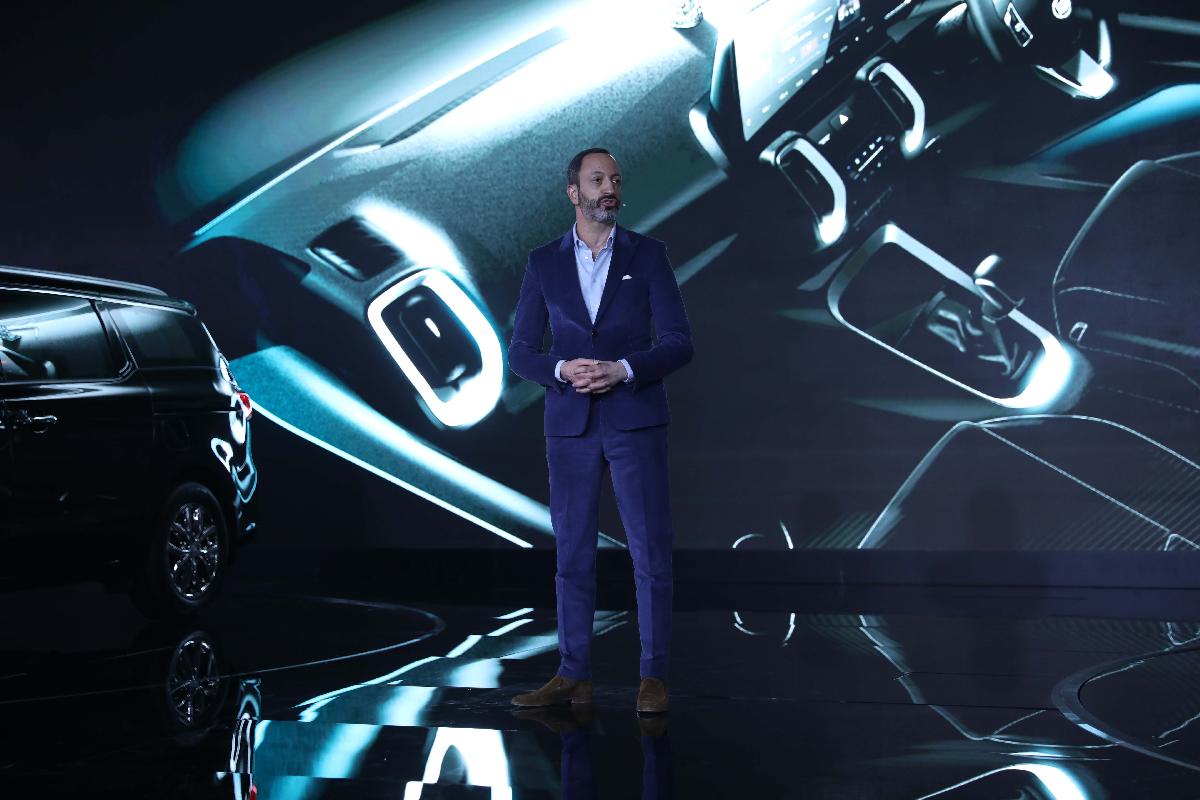
He goes on to talk about the Sonet Concept, a preview for their urban SUV, an important market segment in India that is below four meters. “We just released last year, the Seltos, and we found that it is compelling for the Indian customer, we’re trying to offer something just as compelling in the market segment where we’re not present at this time,” says Habib attributing all credit to the team for creating the Sonet Concept. “It’s not me at all in this case because they did everything, and I arrived when most of this was finished, so the team has experience with compact cars.”
Habib explains how designing a compact SUV can be quite challenging, especially because “it can quickly start looking a little toy-like.” He goes on to say, “I think it has to look friendly but still it has to have a certain level of seriousness to it and finding that balance is the key to success, and I believe we found that balance. When you do have something so compact, its automatically and intrinsically friendly.” He goes on to give examples of design elements. “We do have a grille and it is quite a confident, even an aggressive grille in certain aspects, but finding that balance is the key. If it is too big, it looks a little out of place on that compact car, and if it is too small, it makes the car look even more less confident, and that’s what we try to do with most elements. Even if you look at the wheel arches, it stands out, usually you don’t have the room to do that but we took the room to do that,” he says.
Habib then goes on to point out two of his favourite aspects. “The big one is the proportions, because I do feel the team really did a great job in capturing that kind of balance, so the silhouette of it is really very successful and the other one really is this grille,” he says. The theme, he explains, was inspired by an image that they found of a well that has steps leading to it, in India, and so they literally took that and designed it as their inspiration. “It is kind of fun to know the stories behind,” says Habib.
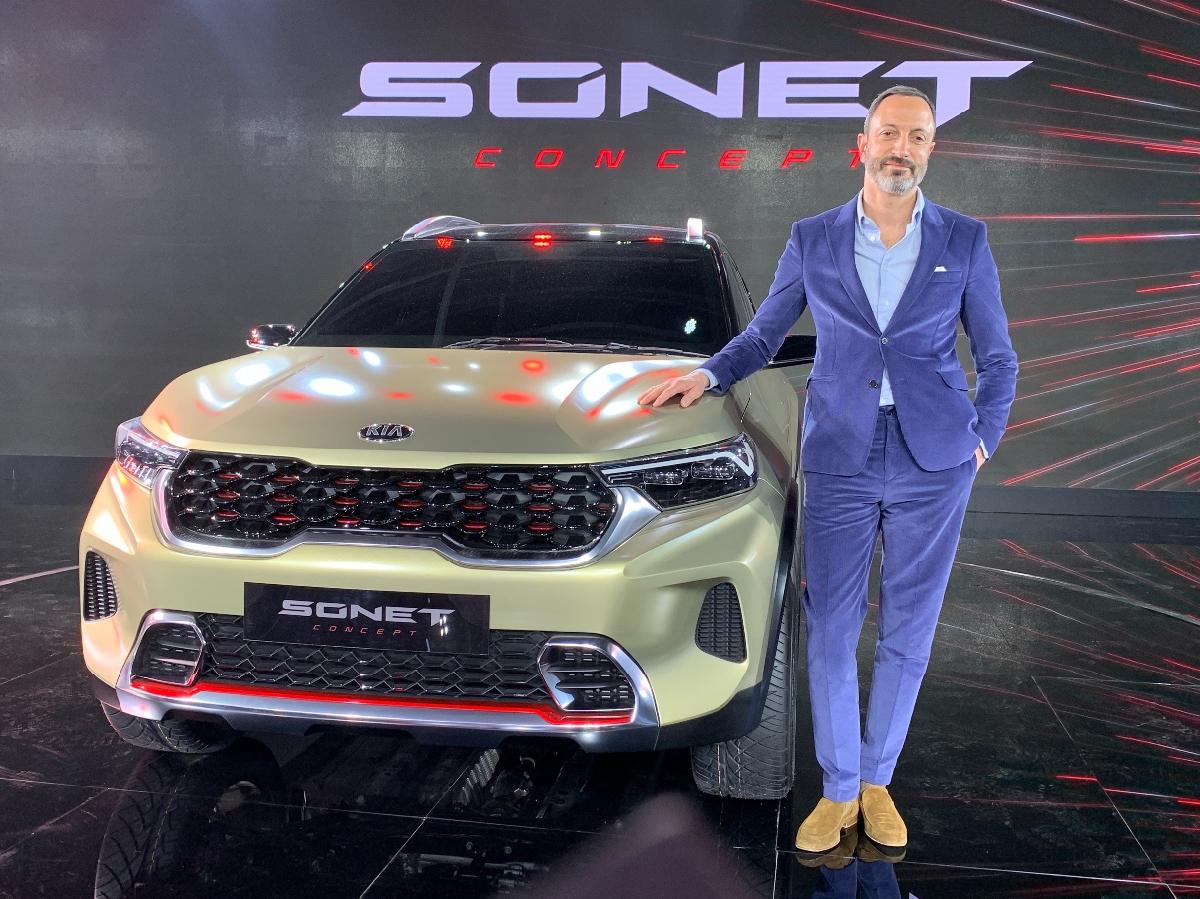
Renault’s Alain, finds that in India, there is a lot of strong character to the car, and that the cars are very expressive. That’s what we see the designers coming up with also. “Very strong character, very strong face, very strong features, while in Europe, we tend to be much more restrained, smoother and softer. Here, people don’t hesitate to play with very strong bold lines, and because of that, European design is becoming bolder as well, because there is an influence which is coming back quite a lot. In a way we are trying, because as a French company, we’re not Maruti or Mahindra or Tata, so we have to [stay with our] culture so we tend to be more restrained, and work first on proportions, and less on character, but still this influence of local design is coming through,” says Alain.
Ginah, goes on to talk about Vision 2025, one of the two cars presented at the 15th Auto Expo, in Greater Noida (India). “As you can see, the design is clean and has nice and round surfaces and it has these feature lines that give this crispy look. We don’t try to exaggerate because that gives a limitation to time. Timeless design, most of the time, is not so extreme, which means that it will not get old in five or ten years. It has nice stance, nice proportions, beautiful surfaces, crispy lines and technical details. This is how we have approached the exterior,” he says.
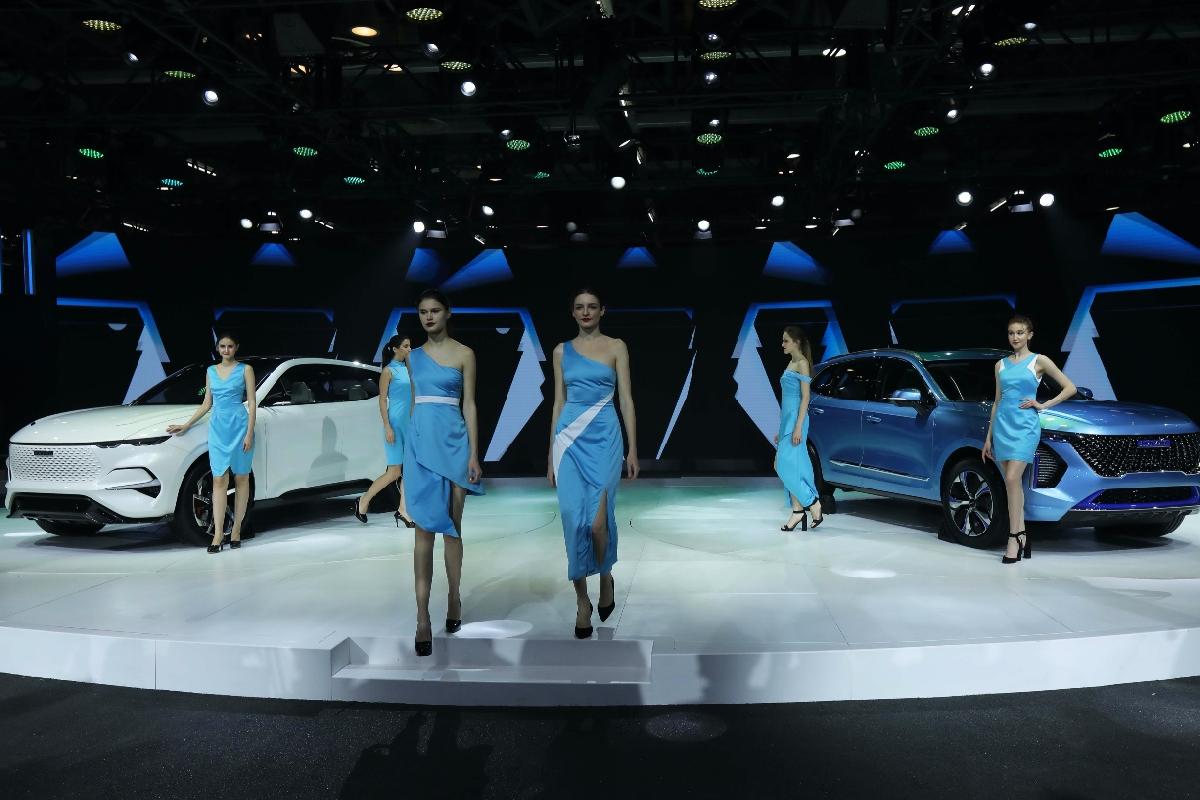
About the interiors of Vision 2025, Ginah says, “it is very much about simplicity and the technology that is in there. All that design surrounding you, gives you a sporty, younger look, but it is not too close, it is not really like a sports car, but it gives this feeling that you have acquired this very dynamic SUV. Not a lot of extravagance, the focal point when you’re sitting in the car is the technology actually. The materials that we have used are quite premium, such as leather, which depicts premium luxury, so it gives a very nice, premium and sporty look to it. The Concept H, is a younger car, and is thoughtful of the future and the environment, so we use materials such as fabric inside, which is environmentally friendly. This is an approach which is, very important.”
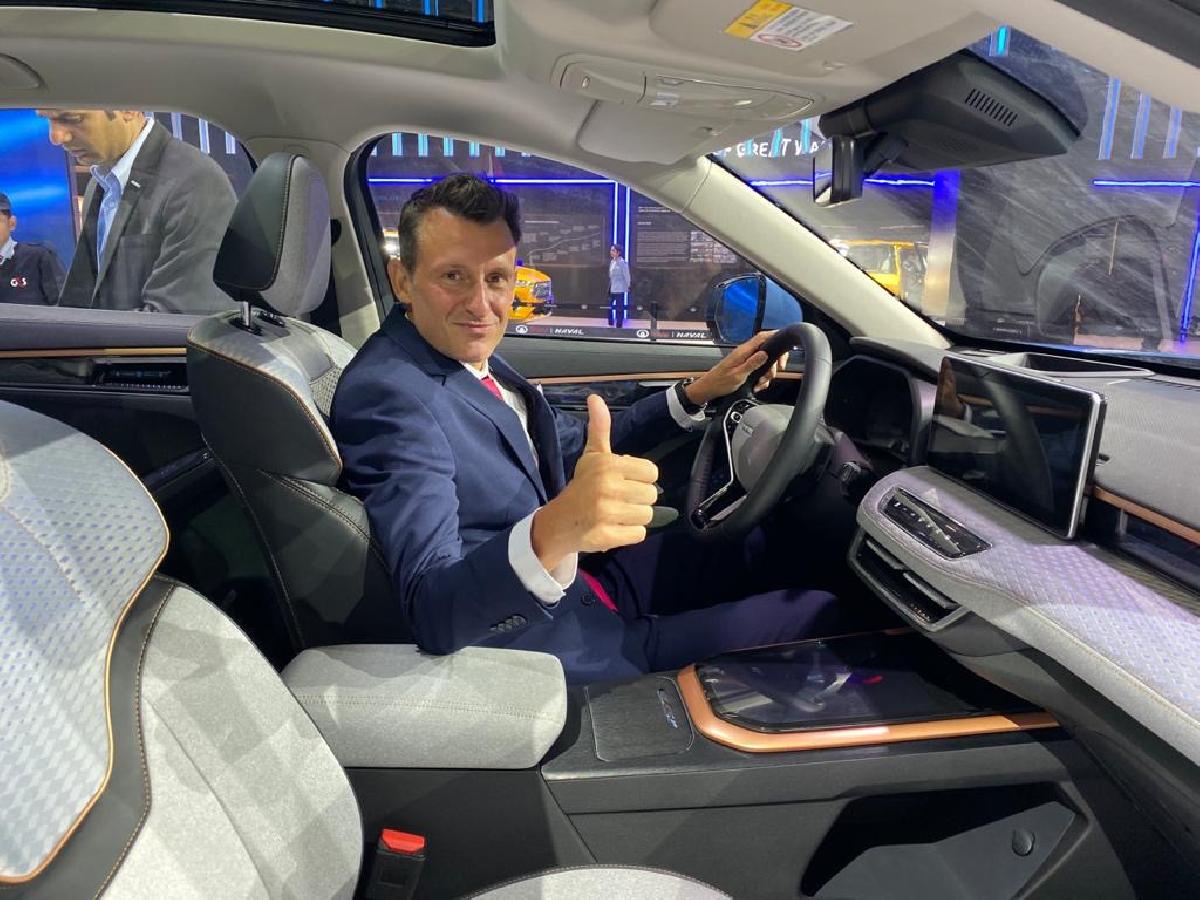
Ginah says that the Chinese are aware that they cannot just attract clients merely by offering quality design, so they have added one extra feature – technology. “This is what I have seen in the last few years, all the brands try to show that they can put technology in their cars, a lot of companies are still waiting, but it will come in five years, and the price is still lower. That’s a huge advantage and a huge strength of the Chinese market and Chinese brands. GWM is also focusing on this, focusing that design will become better, more global, grow stronger, and become a leader in design as far as technology and quality are concerned,” explains Ginah.
We ask Alain if designing for ICE (Internal Combusion Engine) cars as opposed to EVs (Electric Vehicles) is radically different. He goes on to explain how at first there were two trends. “One was the new approach that was to say we have to make a car that looks as normal as possible so that it is easily accepted like a normal car, that just happens to be electric, and then there is another big trend which is, if it is electric, it has to look totally special, which is something like what BMW has been doing, for instance. Today, both trends exist together,” says Alain. “Then, the next one is when you enter a market such as India, suddenly everybody is going electric, but there is a kind of electric code, it has to be blue, it has to have hints where everybody is playing with the same elements, to show that its electric but still not very different, just a few hints that it is electric,” he says.
Alain also goes on to explain how with time, the architecture of the car is also changing. “Today most of the electric cars that you see are petrol engine cars which are converted into electric, atleast the platform has been a normal platform and it has been adopted. But the next generation which is starting to come, will be designed on an electric platform from the start, with no petrol engine whatsoever in the whole range, and that will bring much more changes because the motor is much smaller, the way things are placed in the car are totally different, so we are going to see that in the next three-four years – a real generation of cars that have been designed and engineered as real electric cars from the beginning, so that is going to change much more,” says Alain.
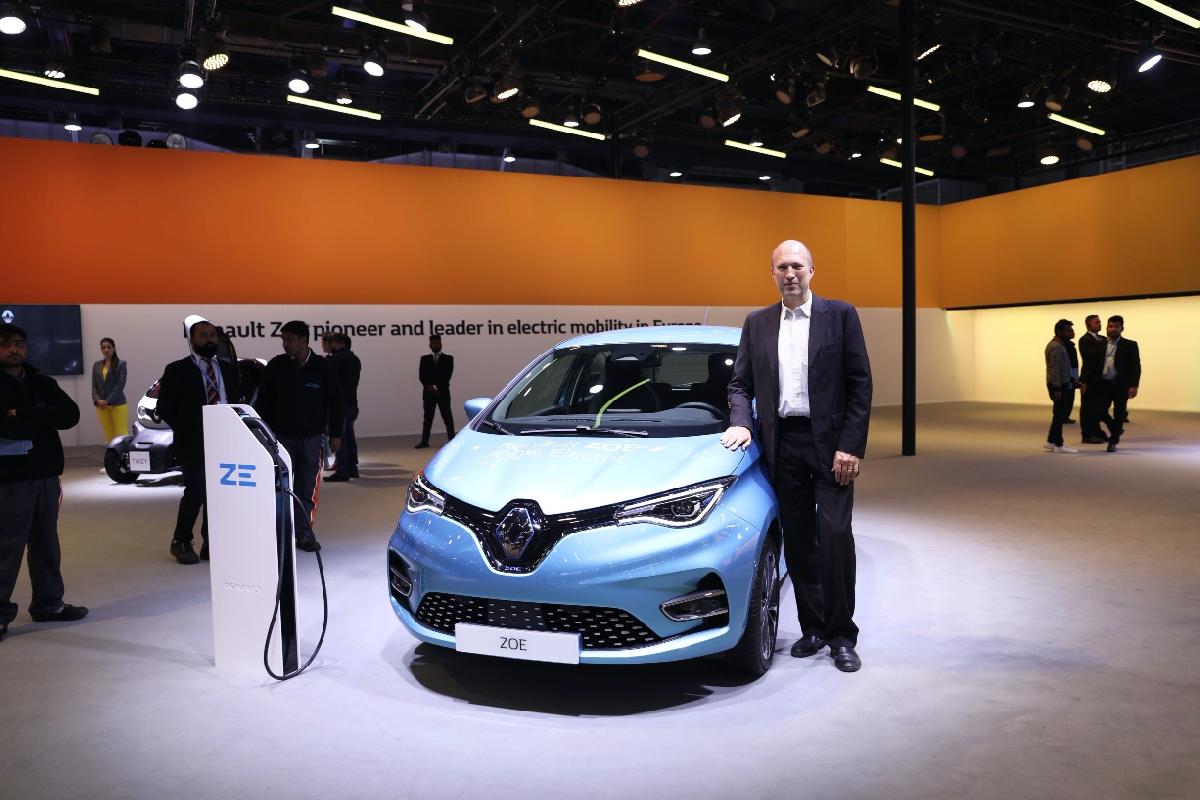
According to Ginah, “a big and interesting change to think about is that the cars that become electric and autonomous are no longer vehicles that brings you from point A to point B, they’re more like a home where you live your life, you’re not driving it so you live your life in it. So, instead of becoming a car that drives from here to there, it is more like a second space where you live.”
While Renault sees a broad range of cars being manufactured from the smallest to the largest, which they will continue to make, Alain, feels that there will be more big cars, but not necessarily in terms of bigger engines, because the engine size is not the criterion anymore. However, he says that bigger vehicles will be in trend. “Because of Asia, there will be a trend towards bigger vehicles. People like to have seven-seaters, that’s one of the major trends. Otherwise we’ll always have small cars because of affordability and that’s one of our trademarks everywhere. We end up doing cars for a few and that becomes for everybody,” says Alain.
Turning to colours, Alain laughs and says that he does not want to give any hints to his competitors. However, he goes on to point out “I think orange is typically a short-lived trend, now everybody is into it, in two years, you will see a lot less orange.” He says that there will be a lot of blue coming soon. “They will be starting with blue, with hints of other things… like we have started with the blue, but not totally blue, and there will be more variation around the blue, they will be into warm colours, there will be some warmer tones, more sophisticated colours in the range. We would bring some interesting things ahead of the others,” says Alain.
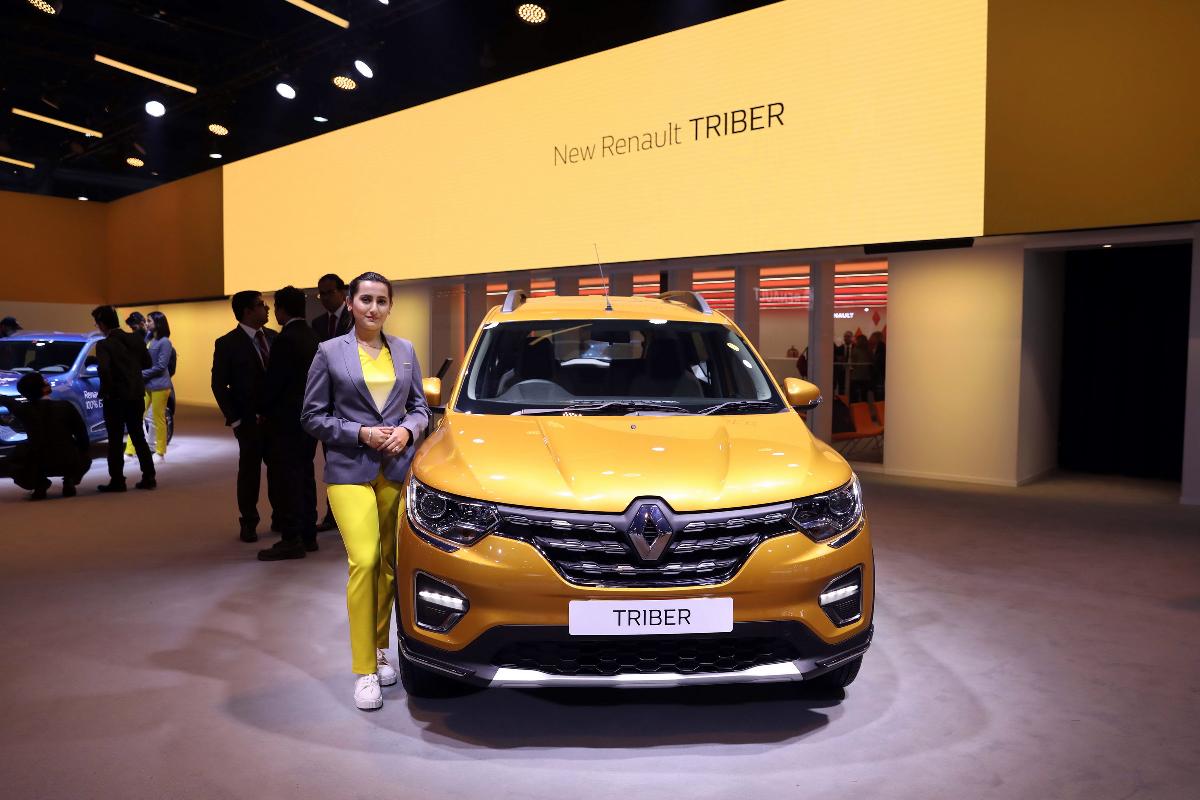
Meanwhile, about the Kia Sonet, Habib says, “This kind of satin matte, we quite like as designers because it is nice to compare this to a high-gloss black. High gloss black cars are more about the overall volume of it or the overall sort of silhouette. When you have something like the satin matte, it lets the light fall on it and it amplifies the whole muscularity, wheel arches and things like that. There are quite some cars on the market that have matte things but this satin matte is really nice, and it is again, a kind of balance, so we will be playing more with that. You will see some of that on production cars.”
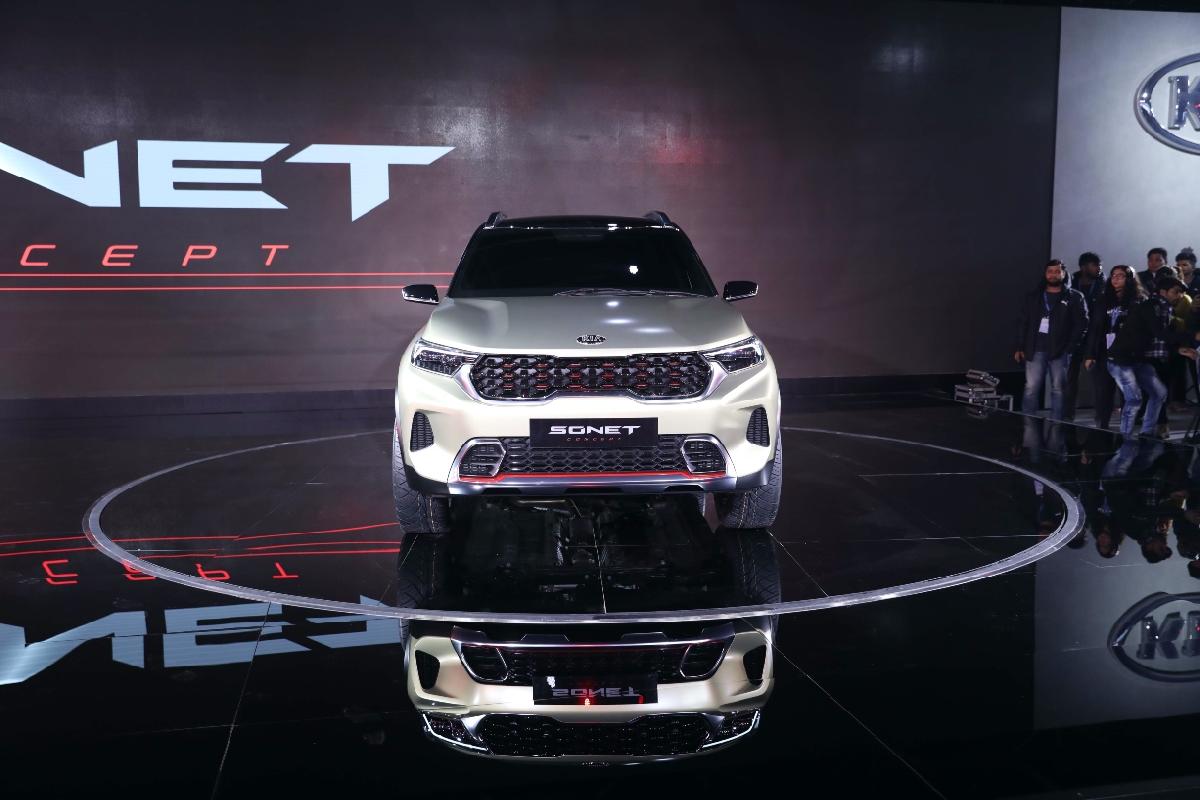
Ginah goes on to tell us about the Concept 2025 and how having it in white is actually a very difficult colour for an auto show. “The surfaces become more flat, especially when you have a white floor and light, so there’s not a lot of contrast, but as we know, this car is very clean and simple, and we just need to show this purity, so it expresses the same in surfaces, what we’re trying to do. With the sparkle it makes the white come alive. The good thing about the white is that there is high contrast between the details so as you can see, the tail light graphics are very strongly visible even if they’re turned off,” he says.
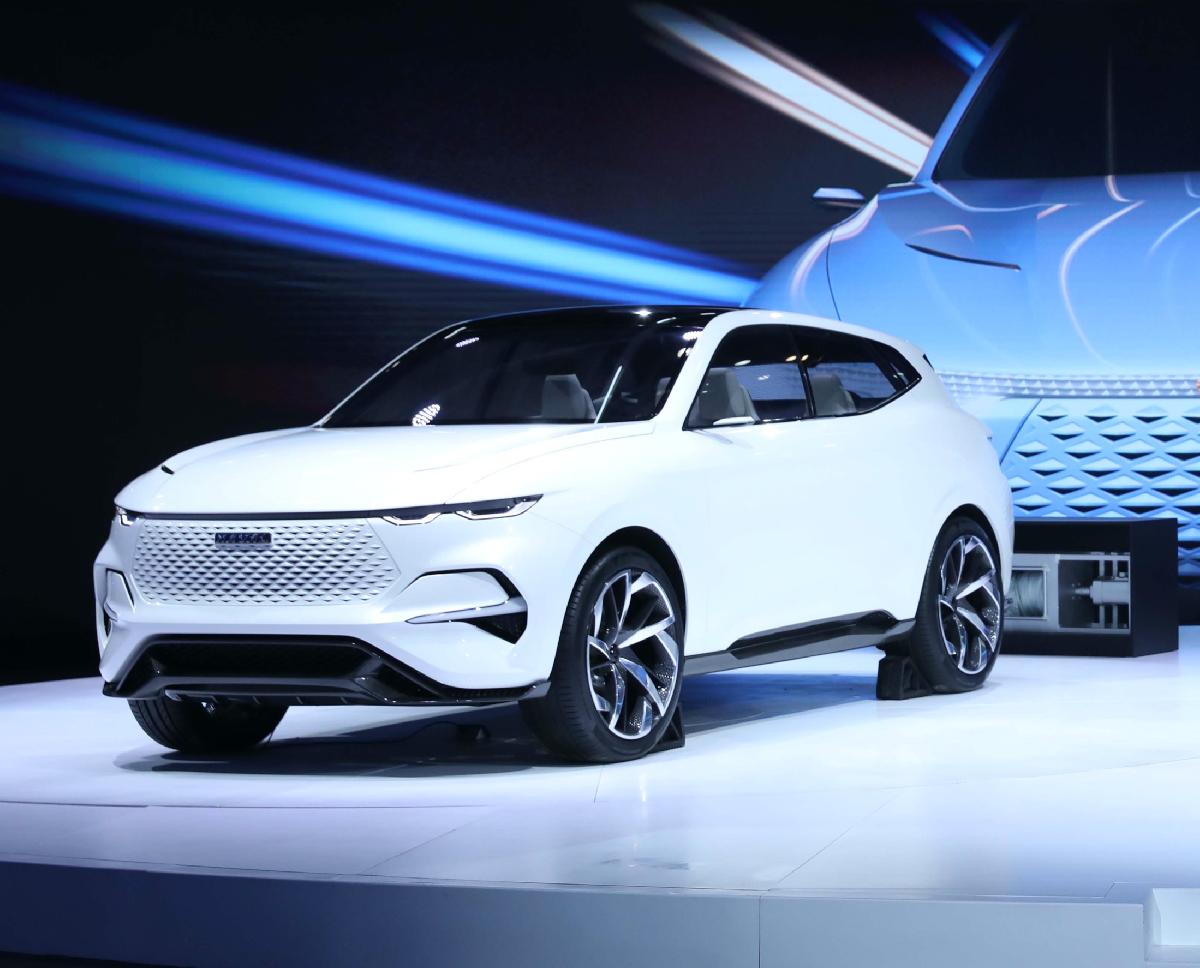
“Look out for the first car that will come to India, it will be very interesting to see,” says a smiling Ginah.
